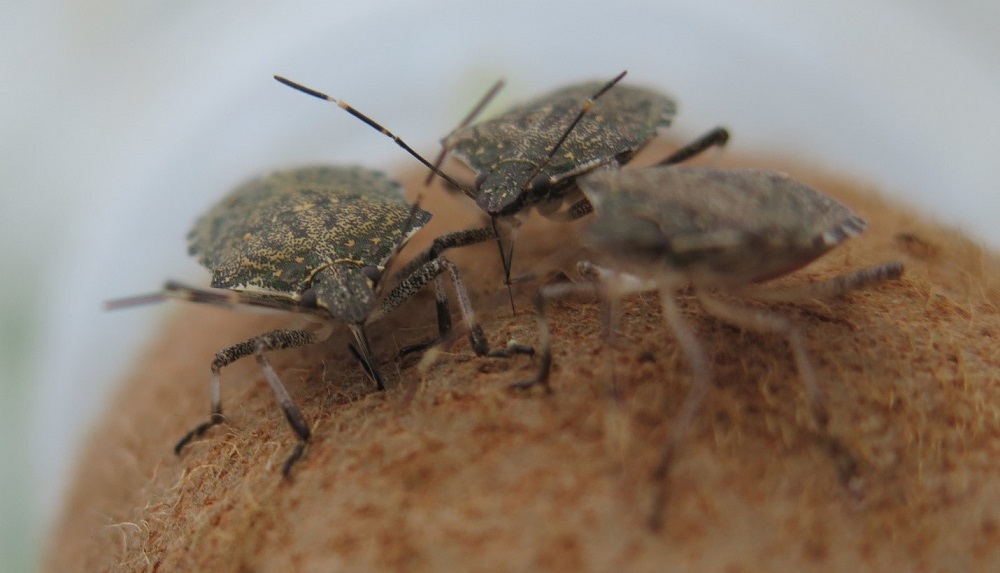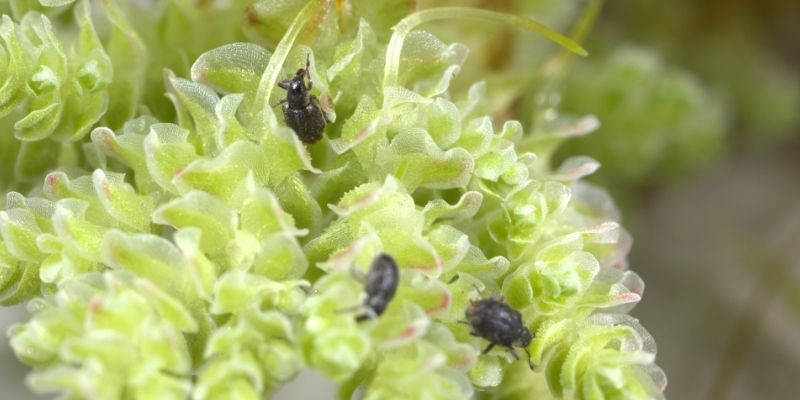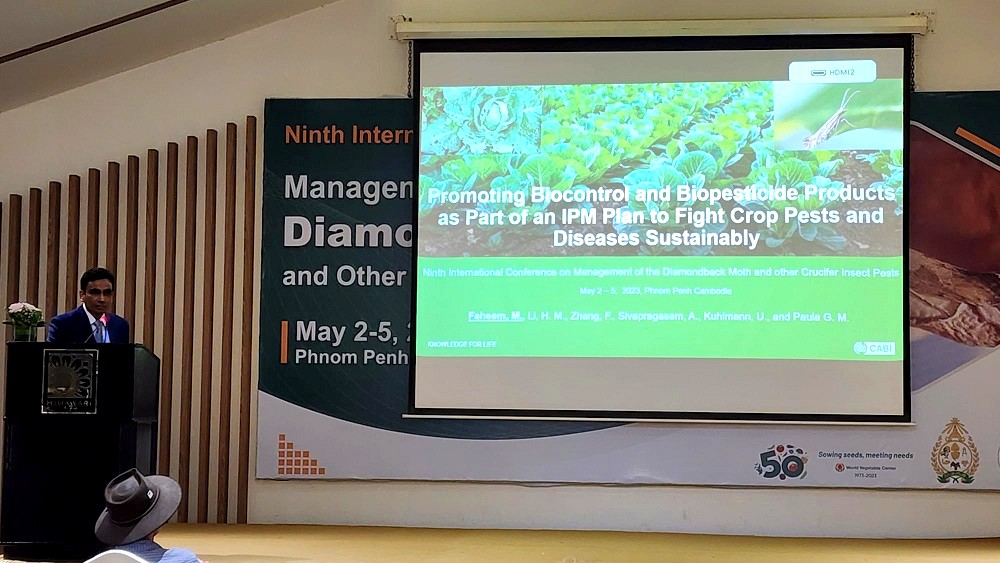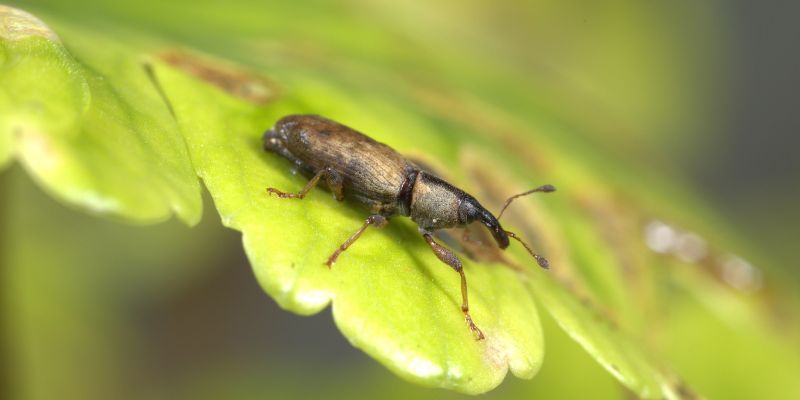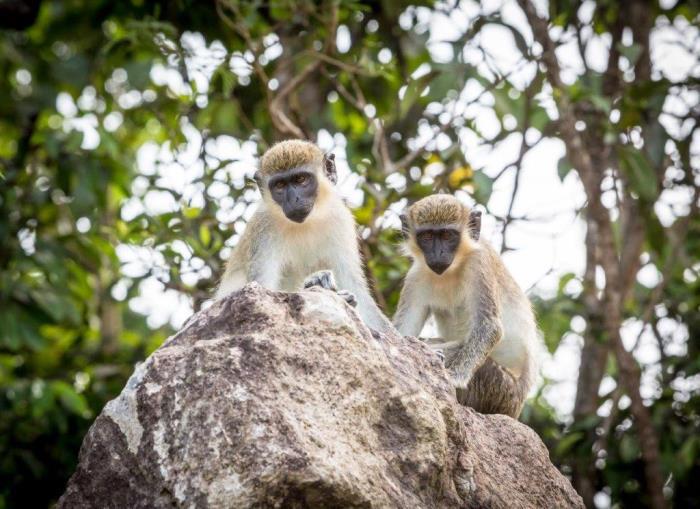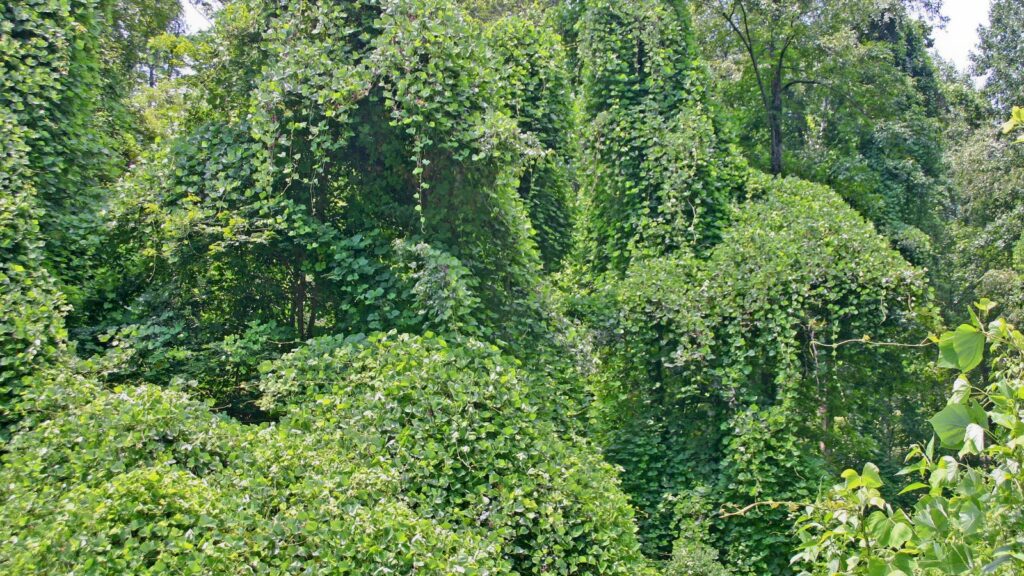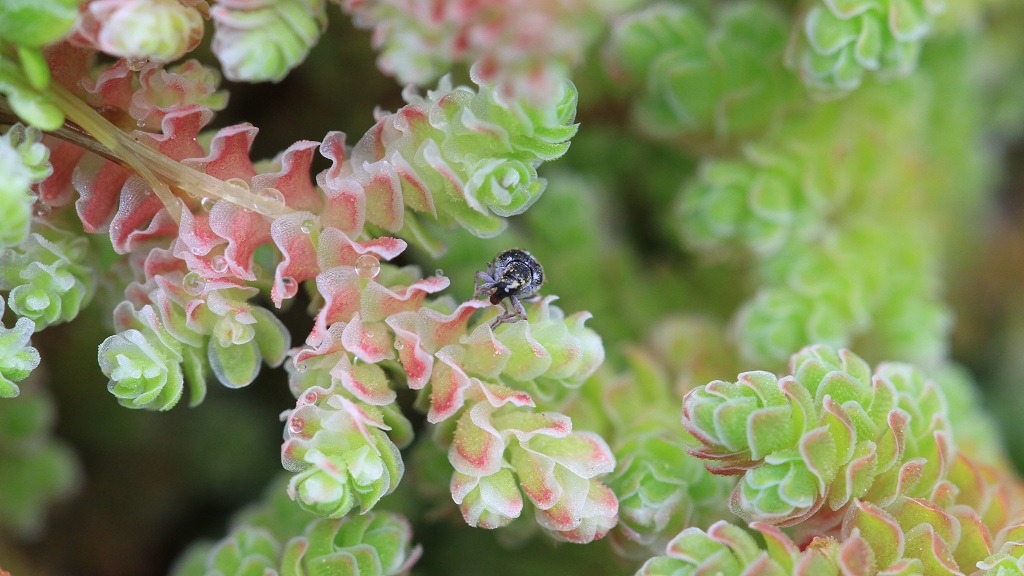Invasive species in Sri Lanka: A rising threat
Insufficient resources mean that management of invasive species in Sri Lanka are lacking. Climate change, trade and travel have increased the risk of invasive species in Sri Lanka. Invasive species create disruption to crops and livestock production, affecting the economy. Presently, invasive species disproportionately affect vulnerable rural communities. In Sri Lanka, many farmers rely on…
Could better awareness increase the uptake of weed biocontrol in Europe?
To increase the uptake of weed biocontrol in Europe, we need more awareness about its benefits and successes New research suggests that greater awareness about the benefits and successes of weed biocontrol is needed in Europe to increase its uptake. Scientists have discovered a knowledge gap between global regions, showing that EU professionals are less…

